From Architecture to Painting: Heiko Mattausch
Many roads lead to art and if there is one person for whom pursuing this path has paid off, it is Heiko Mattausch. Born in Döbeln, he initially worked as an architect for many years before finally deciding to do what he had always gravitated towards: painting. Now he is a full-time painter in Leipzig. A glance at his paintings shows that architecture wasn’t just a professional pit stop, but rather a formative guidepost.
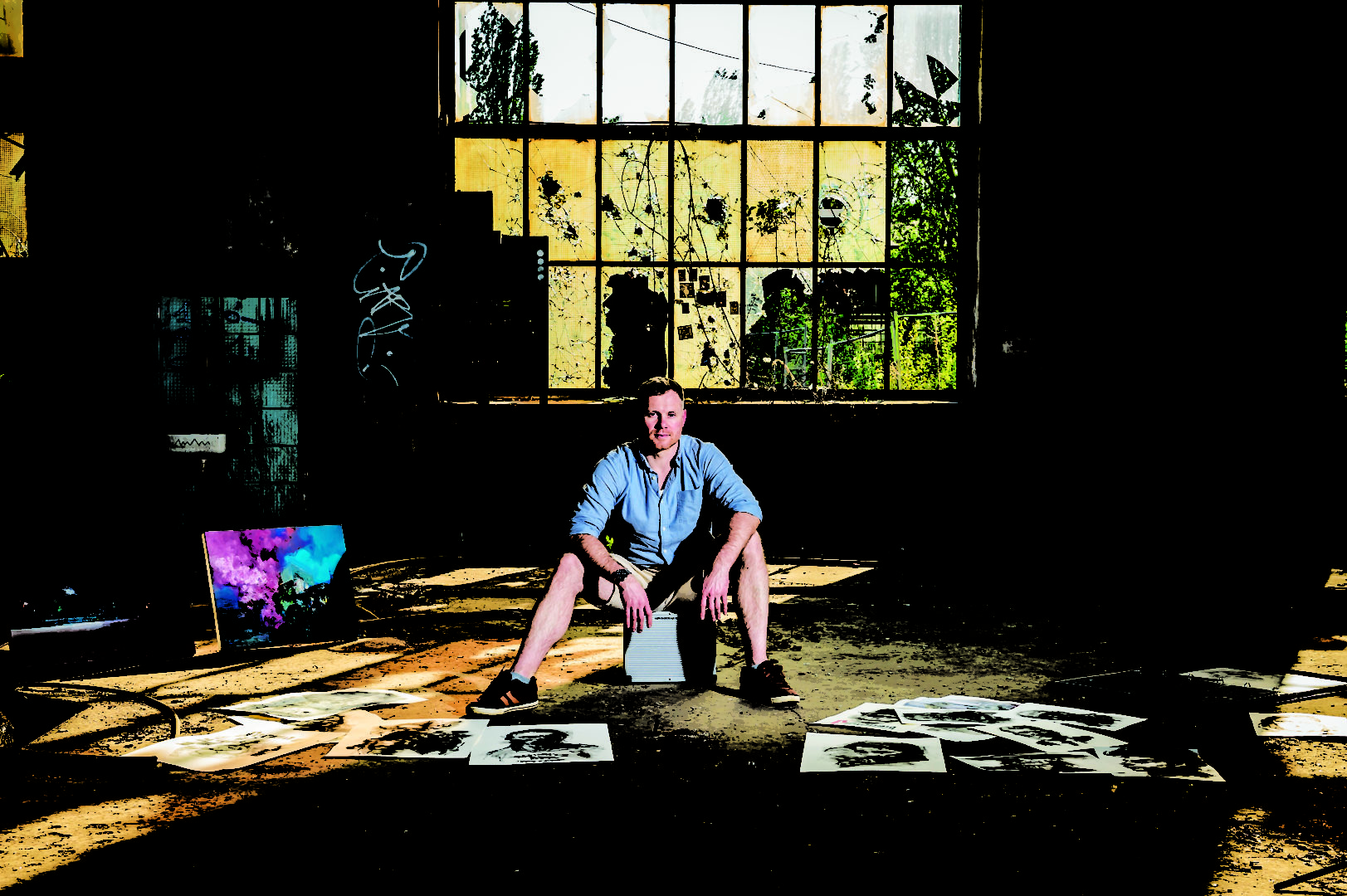
When you visit Heiko Mattausch in his Leipzig studio, the simplicity of the workspace is the first thing that catches the eye. The large rooms in the basement of a late 19th Century building appear light, almost a bit sparse. Unusually minimalistic for a creative free spirit. The man with copper coloured stubble appears to need a lot of space for himself. With his casual blue hoodie he seems youthful, but there is no doubt that the 40-year-old has left his teenage years well behind him. There is a sharp focus in his gaze. This focus can be felt clearly, even before we’ve exchanged any words.
We sit. My gaze wanders through the 40 square metre space in the old building and stops in the back corner of the room. Paintbrushes, oil paints, turpentine, all neatly placed on a small wooden shelf next to his current work. The large 1×1.4 metre oil painting depicts a man’s silhouette with a coxcomb. ‘Punx not dead’ is written above it in large letters. A commission piece, on which he has been working for a few months. I like it immediately. As Mattausch emphasises, however: ‘I am not satisfied with it yet’.
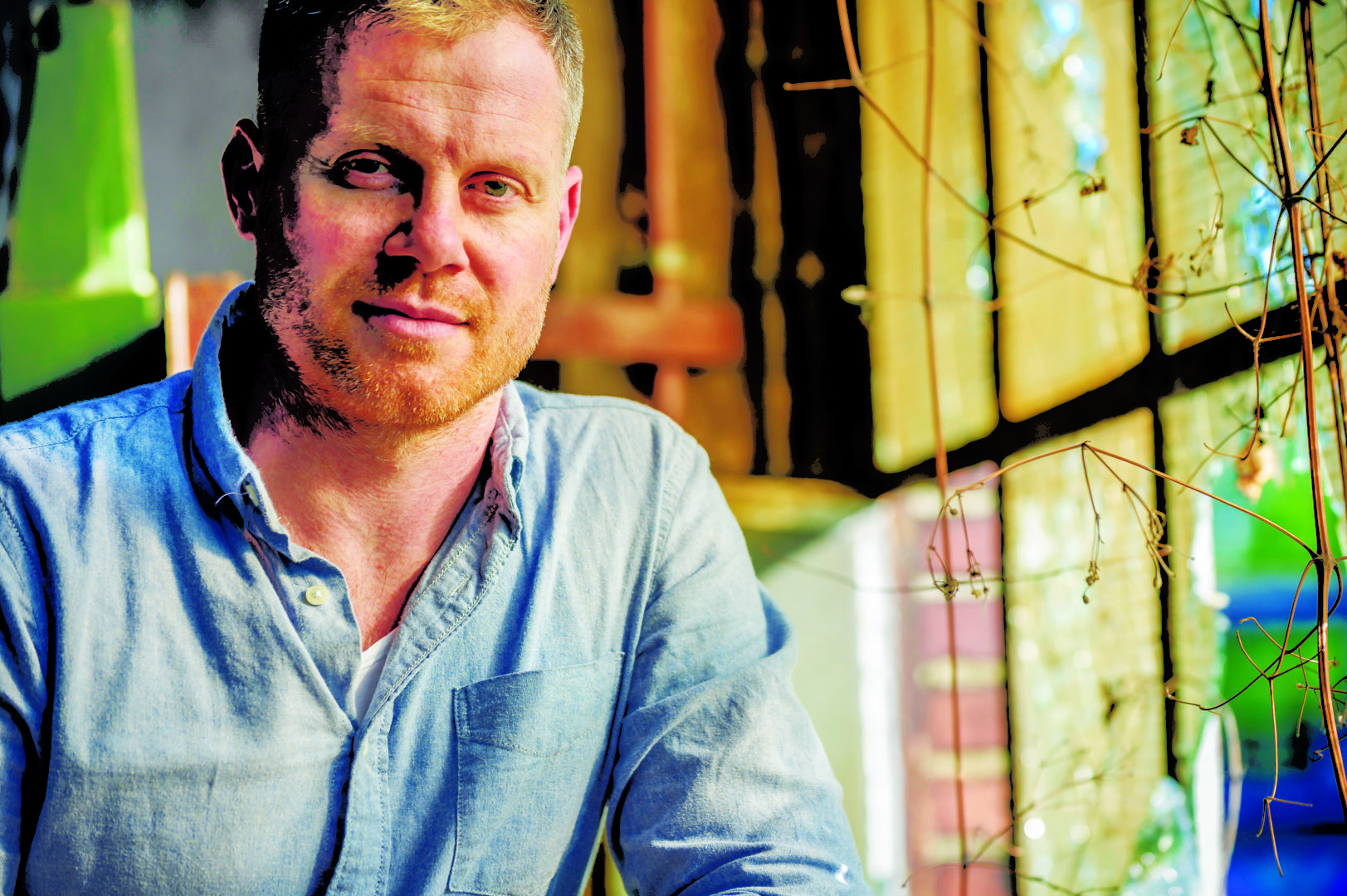
Groping in the dark in search of the light
Mattausch seems restless, his own standard of perfection seems to drive him on like a motor. Admittedly he can get a bit grumpy when it doesn’t work out how he imagines. His daily work has its emotional ups and downs, his creative process is like groping around in the dark in search of the light. Fortunately, with his growing success, deep personal dissatisfaction is rare.
Mattausch has been drawing for more than 24 years, but in the last two years he has had the feeling that he has finally found his own style. He finds inspiration on the street and in nature. No wonder that portraits and street scenes form the basis of his work. He often draws people and places that he has discovered along the way and captured in sketches as a reminder. He prefers terrain away from the touristic mainstream and explores the extent to which an individual adapts his or her behaviour to fit in with nature or the city. Also, for instance, if it is possible to read a person’s character from their face.
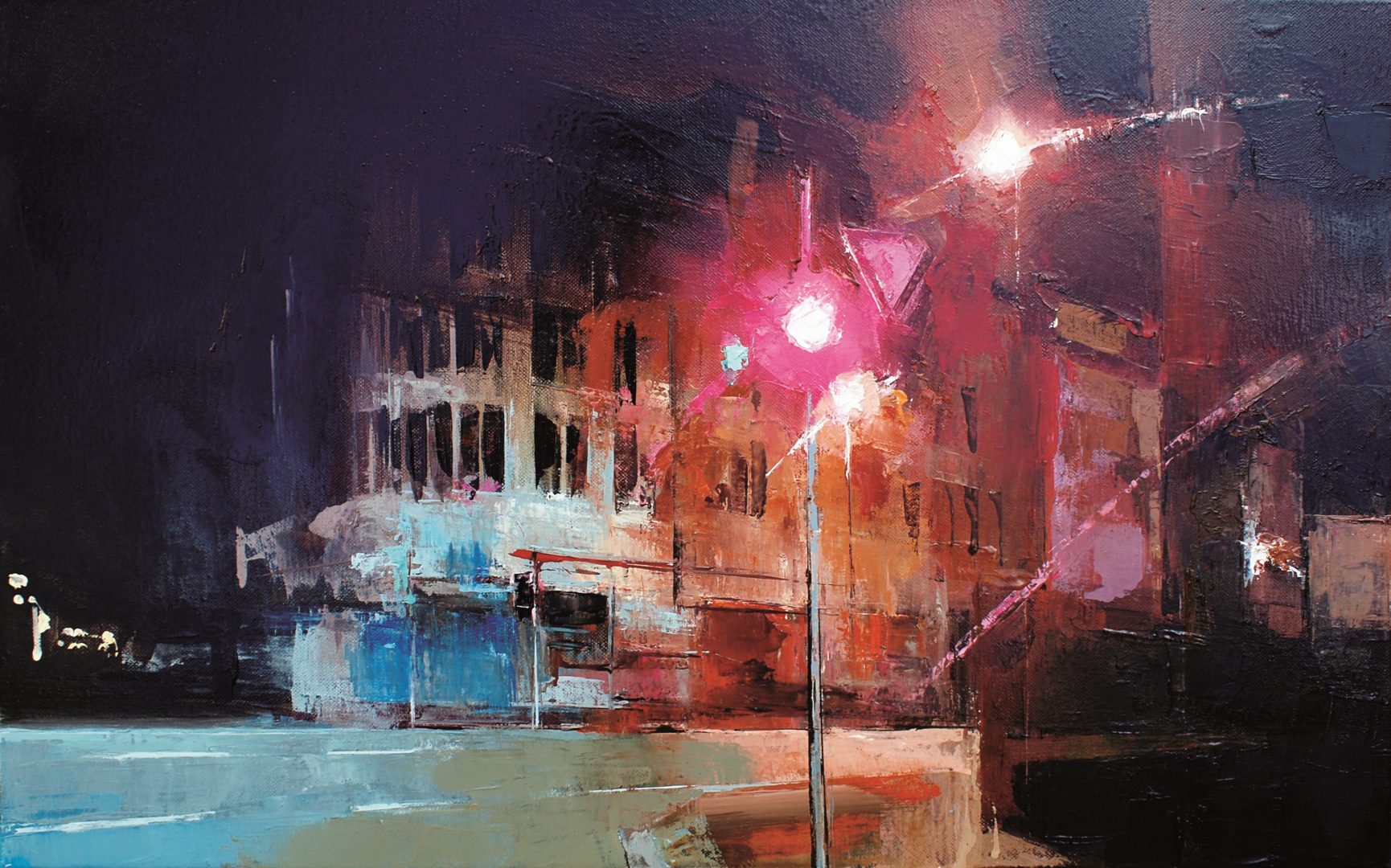
Many ideas are already anchored in his conceptual world and must first be transferred into the visual world. Mattausch emphasises: ‘But you can’t think about it too much. An image must emerge so that it stays loose’. This idea led to his ongoing project, Weekly Wonder, in which he draws urban places and industrial complexes around the globe from the perspective of a fleeting glance and publishes them weekly in his blog . He spends six days a week in his studio. Sunday is a work day, of course, while Saturday is reserved for ‘organisational stuff’. Painting simply makes him happy. And balance? He finds it in travelling and exercise. Martial arts are an old passion of his; in the meantime, yoga too.
Successful detours
The more I talk with him, the more I ask myself why such a person made the decision to take such a detour. The answer comes quickly. He had trepidation about the tight economic frameworks within which he would possibly have to move as a painter. Nonetheless, as time went by, the road to art became inevitable: ‘I couldn’t stand the feeling any longer of spending my life sitting in an office eight hours a day doing trivial things’. He downloaded pictures from his favourite artists from the net, bought art books and constantly wandered through museums and galleries. And he knew that he didn’t just want to paint after work, he wanted to paint all the time. Mattausch finally applied to study art at Burg Giebichenstein in Halle. And architecture? It stood no chance after that.
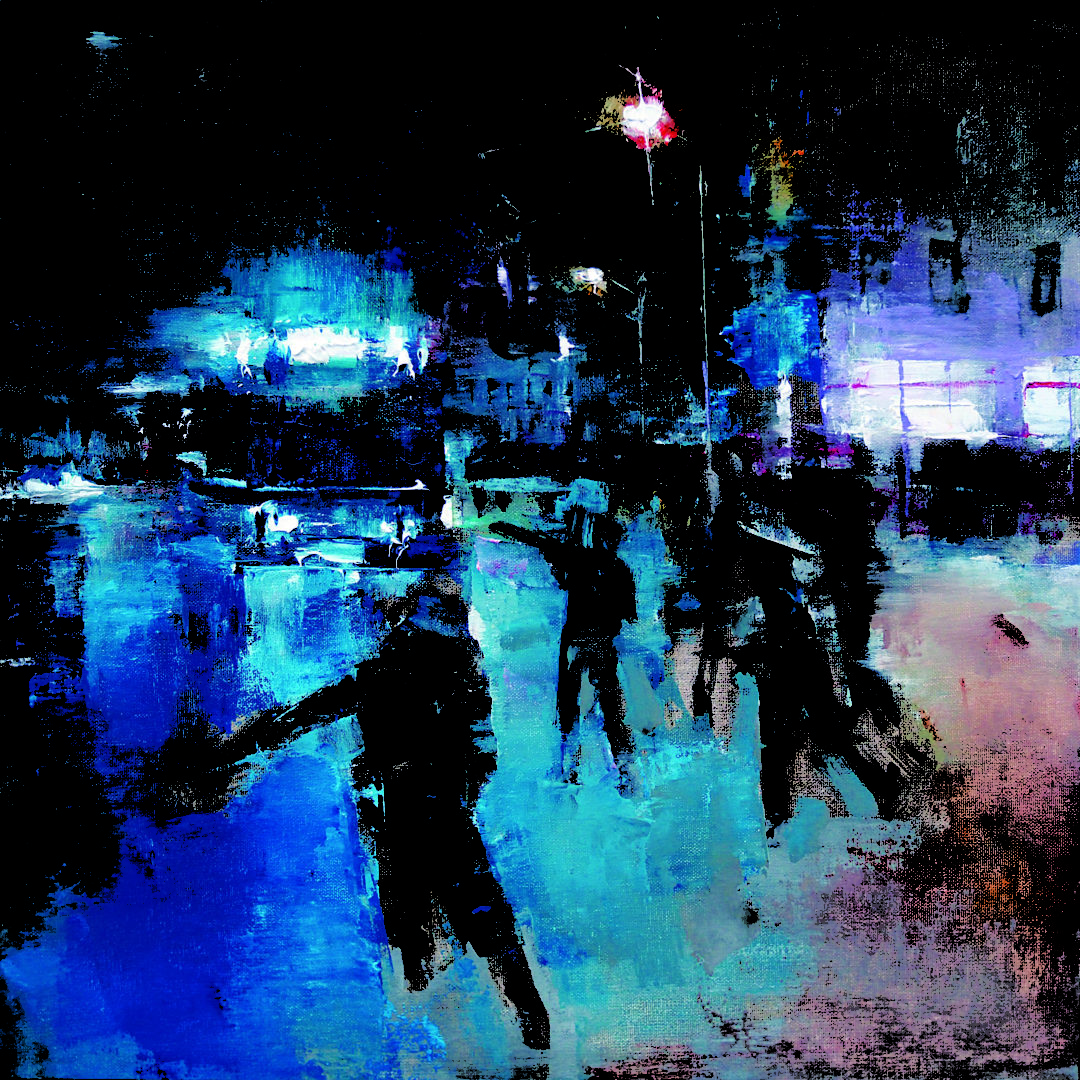
A question of authenticity and quality
Liebermann, Corinth, Mortimer, Mann and Wood – during his journey through the art world, this former architect from Leipzig can often become engrossed with other painters. Mattausch also continues to find good architecture appealing. At the moment, he often looks at gothic church figures and thinks about how he can stylistically work these figures into his paintings. In his view, art must possess two things: authenticity and quality. Whether people like it is, of course, dependent on the Zeitgeist and the role of the art market. Nevertheless, there is more rebellion than conformity to be felt from his general attitude: ‘A painter must unwaveringly persevere with his own thing and develop himself. Only after that can good art be created, independent of whether it brings economic success or not’. Honest words from a career architect who found the courage to break away to pursue a life of painting. The final thing I want to know is what experiences have had a lasting effect on his life. ‘Initially, the decision not to paint.’ A statement that I buy without any doubt.
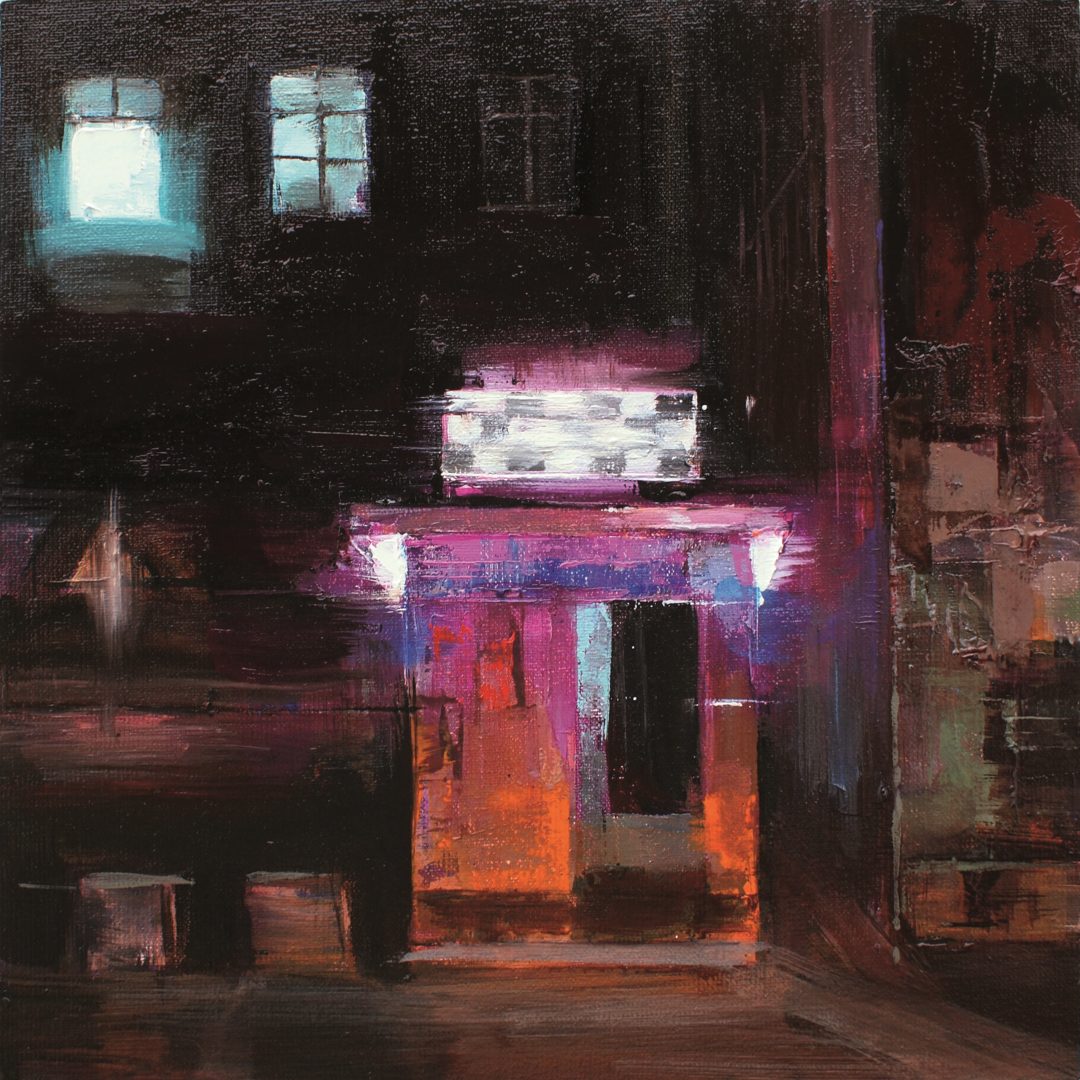
Here you find our hotel in the center of Leipzig!


